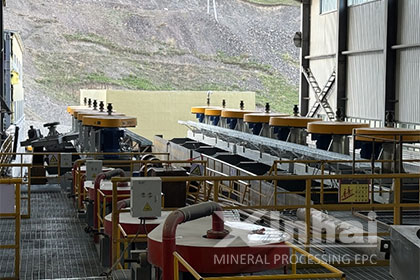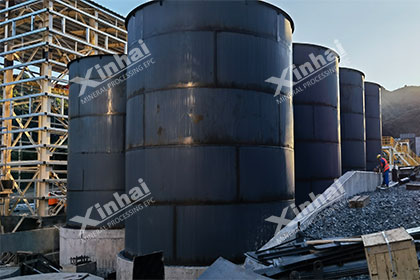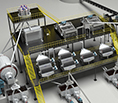What Are the Three Stages in Gold Extraction?
 Laura
Laura
 Jul 31, 2025
Jul 31, 2025
 697
697
If you want to know more details about equipment, solutions, etc, please click the button below for free consultation, or leave your requirements!
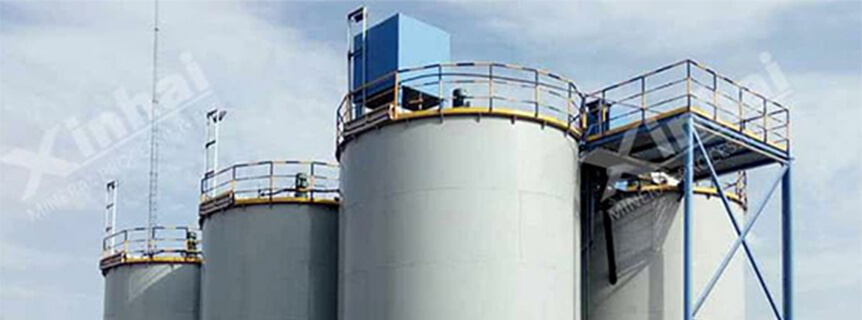
( Machines of Gold CIL Plant )
Gold extraction is a complex yet fascinating journey that transforms raw ore into the precious metal we value. Whether you're a mining professional, investor, or curious learner, understanding the three stages of gold extraction—and the critical role of beneficiation—is key to grasping how gold moves from the earth to your jewelry or investments. In this SEO-optimized guide, we break down each phase, including the technologies and methods that maximize efficiency and yield.
01Why Gold Extraction Matters
BackGold's rarity, durability, and conductivity make it indispensable for jewelry, electronics, and financial markets. Extracting it efficiently requires a structured process to separate gold from ore, minimize waste, and reduce environmental impact. Let's dive into the three stages that make this possible.
02The Three Stages of Gold Extraction
Back1. Exploration and Mining
Before extraction begins, gold must be located and mined. This stage involves:
Geological Surveys: Using satellite imaging, soil sampling, and drilling to identify gold deposits.
Mining Methods:
Open-Pit Mining: For near-surface deposits (common in large-scale operations).
Underground Mining: For deeper ore bodies.
Placer Mining: Extracting alluvial gold from riverbeds or sediments.
Key Takeaway: Accurate exploration ensures viable ore is mined cost-effectively.
2. Beneficiation: Processing the Ore
The beneficiation process (also called mineral processing) is where raw ore is transformed into concentrated gold. This stage is critical for separating gold from waste rock and other minerals. Here's how it works:
Step 1: Crushing and Grinding
Crushing: Large ore chunks are reduced to smaller pieces using jaw crushers or cone crushers.
Grinding: Ball mills or SAG mills pulverize the material into a fine powder, freeing gold particles.
Step 2: Concentration
Several methods isolate gold from the crushed ore:
Gravity Separation: Uses density differences (e.g., shaking tables, centrifugal concentrators).
Flotation: Chemicals bind gold to air bubbles, separating it from sulfide ores.
Cyanidation: Gold dissolves in a cyanide solution (used for low-grade ores).
Amalgamation: Mercury binds to gold (less common due to environmental concerns).
Step 3: Tailings Management
Waste material (tailings) is treated to remove toxins like cyanide or mercury before safe disposal.
Key Takeaway: Beneficiation determines the efficiency of gold recovery and environmental compliance.
3. Refining: Purifying the Gold
The final stage transforms concentrated gold into pure, market-ready metal:
Smelting: High temperatures (1,000°C+) melt the concentrate, separating impurities.
Electrolysis: The Miller or Wohlwill process removes remaining metals (e.g., silver, copper).
Casting: Pure gold is poured into bars, coins, or granules for commercial use.
Key Takeaway: Refining ensures gold meets industry standards (e.g., 99.99% purity for investment-grade gold).
03The Role of Beneficiation in Modern Gold Extraction
BackBeneficiation is the unsung hero of gold extraction. Without it, up to 95% of gold could be lost in waste. Modern advancements focus on:
Eco-Friendly Methods: Replacing cyanide with thiosulfate or glycine.
Automation: AI and sensors optimize grinding and flotation in real time.
Recycling: Reprocessing tailings to recover residual gold.
04FAQs About Gold Extraction
BackQ: What's the most efficient beneficiation method?
A: Cyanidation dominates for high recovery rates, but gravity separation is preferred for coarse gold.
Q: How much gold is lost during extraction?
A: Modern plants recover 90–95%, but older methods wasted up to 50%.
Q: Is mercury still used in gold extraction?
A: Rarely in large-scale operations due to toxicity, but artisanal miners sometimes use it.
Q: Can gold be extracted without chemicals?
A: Yes! Gravity separation and flotation are chemical-free options for specific ore types.
05Conclusion: From Ore to Pure Gold
BackThe three stages of gold extraction—mining, beneficiation, and refining—work in harmony to unlock gold's value. As technology evolves, the industry prioritizes sustainability, efficiency, and higher recovery rates. Whether you're investing in gold stocks or simply curious about its journey, understanding these stages demystifies the glittering path from mine to market.
Feel free to contact us and learn more about gold mining solutions!
 +86 183 3575 8886
+86 183 3575 8886 pinklaurabao@gmail.com
pinklaurabao@gmail.com



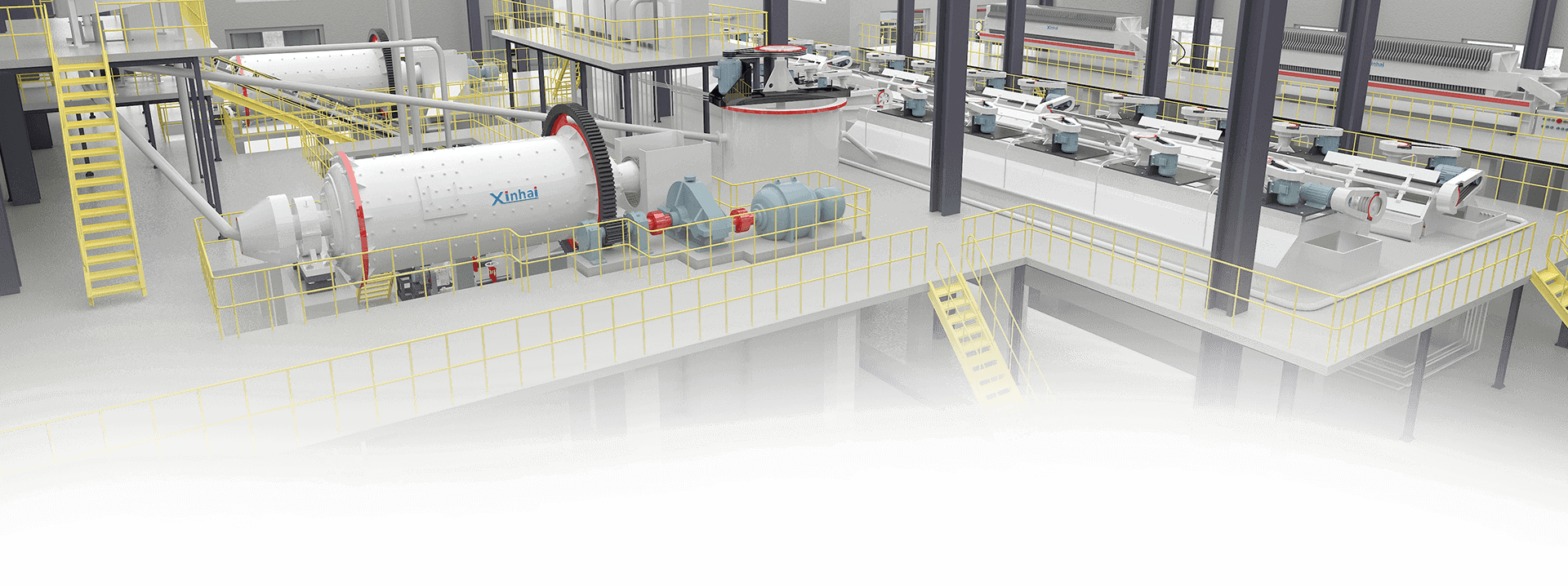
 Message
Message Chat Now
Chat Now


